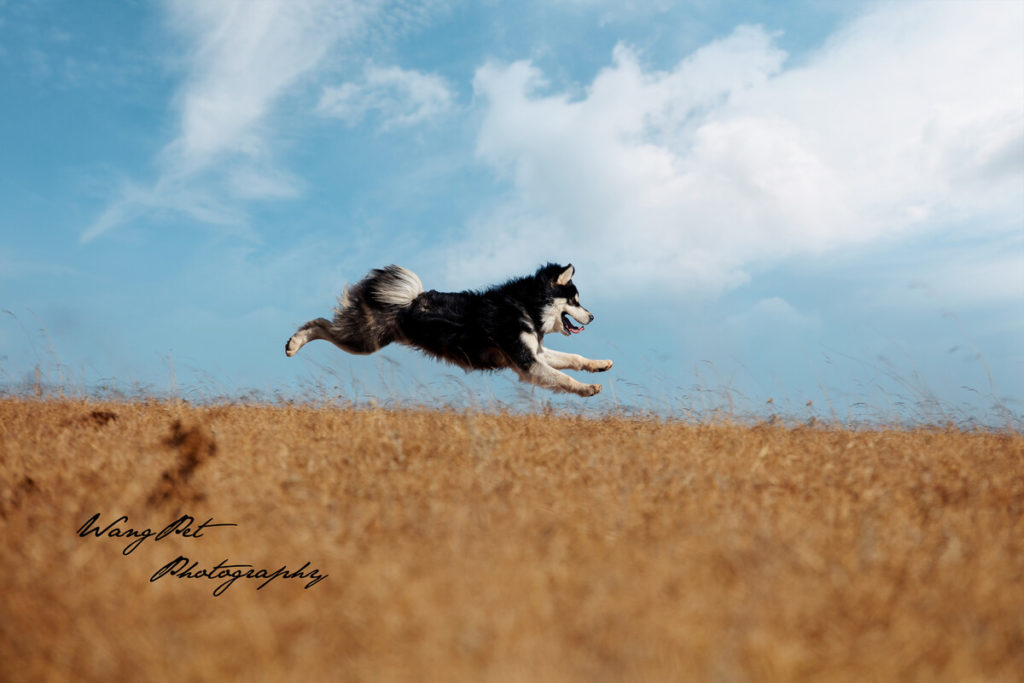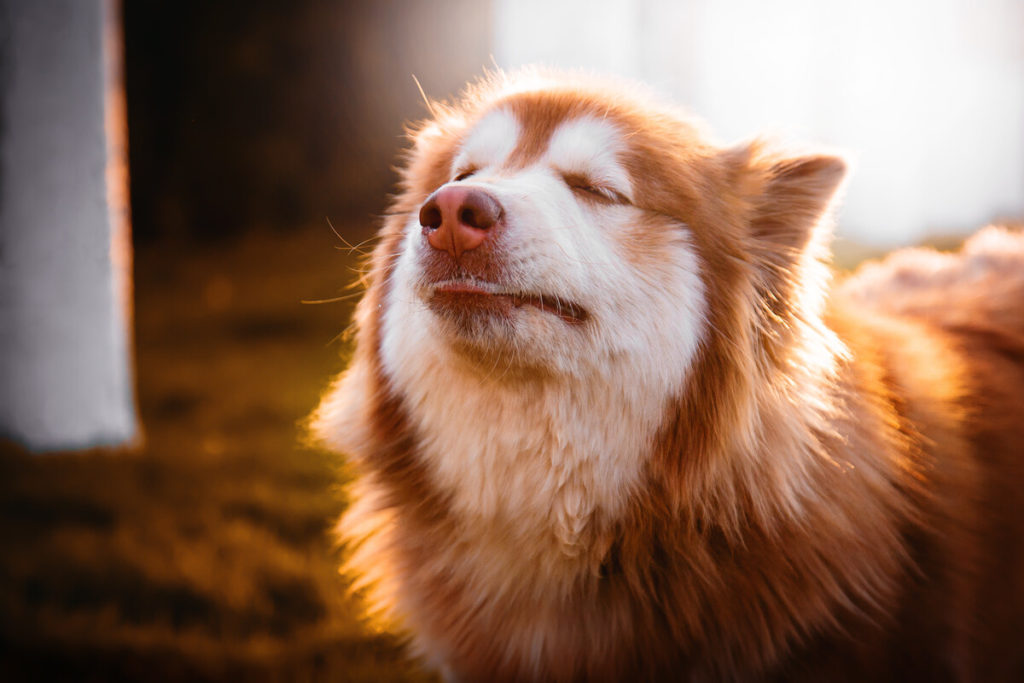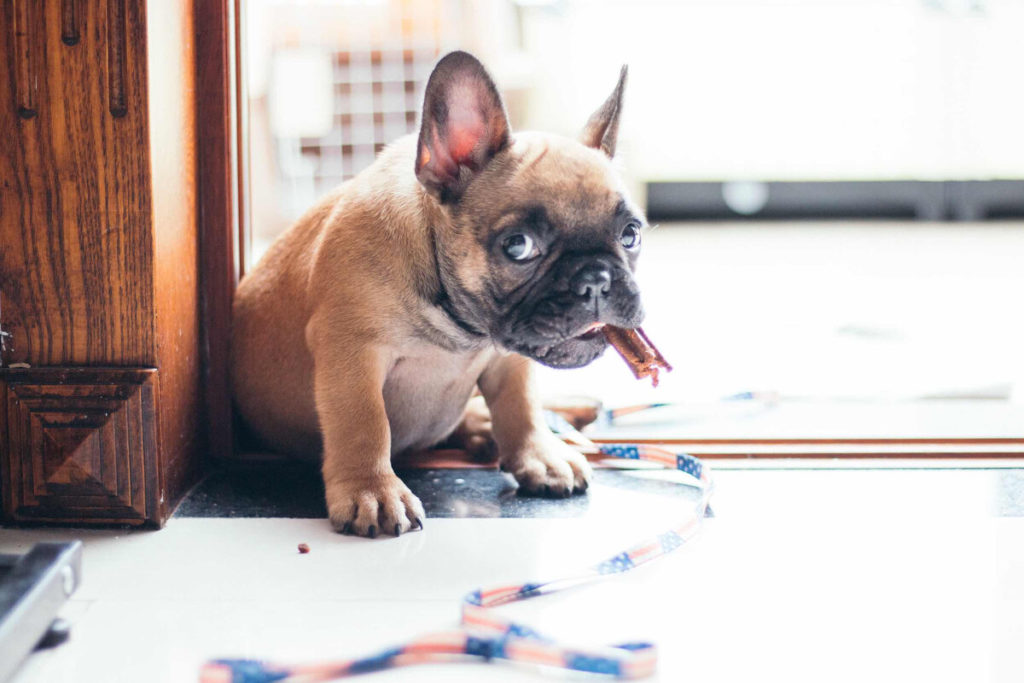Alaskan Malamute are active dogs and they enjoy chasing balls and exercising a lot. They really like to chase, fetch, and even chew balls. If you own a Alaskan Malamute you already now that you need to keep things interesting for him and try to exercise and play with him a lot. Your Alaskan Malamute puppy wants to play with you because you are his best packmate. He wants to bond with you and playing with a ball is one way for him to do that. Chasing balls can give your Alaskan Malamute the thrill of the chase and also the much-needed exercise.
We, humans, have jobs, chores, hobbies, and we might be sometimes on a tight schedule or we are feeling tired. But we still have to exercise and care for our dogs. So, if you are low on energy get a ball and play fetch with your Alaskan Malamute. You don’t need to put on too much physical effort in it, but try to be cheery while your dog is bringing the ball and playing. Make it fun! Your dog can see and feel if you are not in the mood for it. Also, playing with your dog will brighten up your day and help you to release some stress. But let’s see why Alaskan Malamute like balls so much.

Why Alaskan Malamute like fetching so much?
Alaskan Malamute, like many dogs, love to chase smaller animals, other dogs, and various things. You might see your dog trying to chase cats, squirrels, foxes, rabbits, and any living being that runs. It’s in their nature to chase things. In the wilderness, chasing and hunting is a survival tactic. Wild dogs and wolves need to chase and hunt for food. After they caught their prey, they return with it to the pack so the others could eat too.
Dogs that live with us don’t need to chase and hunt their food, but they still have that instinct. And that’s why your Alaskan Malamute, like most dogs, wants to chase everything. Games of chase and retrieve help your extremely active dog to burn some of that energy while he feels good. Fetching is a bonding experience between you two. Your dog will enjoy using his instinct to chase and retrieve.
My male Alaskan Malamute like balls a lot! Playing fetch is his favorite game. He learned to chase and retrieve at an early age when he was just an extremely active puppy and I kept encourage this behavior. When he is bored or if he wants to play fetch, he brings me a ball to play with him. Still, fetching is just one game. My dog chews balls that stimulate dental hygiene and plays with them all by himself. He just likes to play a lot. And balls are my dog’s favorite toys.

Final thoughts on why Alaskan Malamute like balls so much
Playing fetch with your dog is a perfect activity for your dog and for you. You will both feel better and happier after you play a bit. Training your dog to fetch is not that hard because fetching is an instinctive behavior in some dogs. He just needs some directions and encouragement. Chasing and catching is the easy part. The not so easy part is to make your dog bring the ball to you. But even training your dog to fetch is an amazing bonding experience so enjoy every moment of it. Find a ball that your dog can carry with his mouth. A ball that bounces will get your Alaskan Malamute even more excited.
Chasing balls or playing with them is a natural thing for many dogs. This behavior just needs to be encouraged and you will spend plenty of time with your Alaskan Malamute enjoying a pleasant game of fetch.
Do you want to know more about your Alaskan Malamute’s behavior? Take a look at Why my Alaskan Malamute is eating grass




